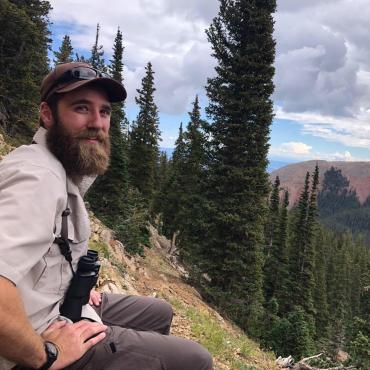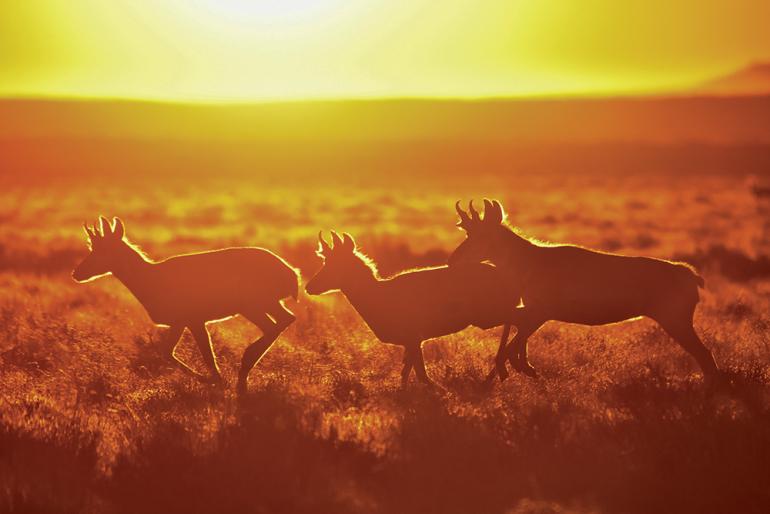More for Montana
20 years of Fish, Wildlife & Parks.
If there’s anything the year 2020 has reminded us so far, it’s that life is more complicated than it used to be.
The past 20 years in southwest Montana have brought new opportunities and challenges as the pulse of a growing community continues to change how we use the landscape. More people are coming to this part of the world in recognition of what it has to offer: breathtaking views, winding rivers, secluded trails, powdery snow, and diverse wildlife.
Community growth poses significant obstacles for conserving wildlife and wild places. But in many ways, support for protecting those resources has been strengthened. That’s illustrated through successes like a new conservation easement in the Bridger foothills, protecting prime land for wintering mule deer and hunter access. With broad support, Montana Fish, Wildlife & Parks (FWP) has also added acres to the Wall Creek, Fleecer Mountain, and Mt. Haggin wildlife-management areas, securing more prime habitat for wildlife and opportunities for wildlife enthusiasts.
In addition, FWP has expanded its research on wildlife migrations, an effort that has brought conservation groups, landowners, and resource-management agencies together to keep historical migrations alive. Community work in the Madison Valley, for example, has identified migration corridors for pronghorn and addressed problematic fences to remove barriers in their seasonal journey.
We’ve seen similar successes in stream- and fish-habitat restoration in places like Big Creek in Park County, Duck Creek in Gallatin County, and South Meadow Creek in Madison County. Efforts have continued to strengthen key fish populations everywhere, especially at-risk native species. Boaters and other water-based recreationists have helped keep Montana’s waters free of quagga mussels and many other destructive invasive species.
Grizzly bears in the Greater Yellowstone Ecosystem have expanded beyond their recovery zone, thanks to extensive interagency partnerships. Recreationists of all trades are becoming more “bear aware” than ever before.
As we look forward to the next 20 years, our healthy coexistence with wildlife depends on everyone. Wildlife watchers, ranchers, hikers, hunters, mountain bikers, anglers, farmers, skiers, paragliders, photographers—we all have a part to play, because the outside is in us all.
No matter your method of travel, something as simple as staying on an established trail benefits wildlife in a host of ways. It prevents soil compaction in surrounding plant communities and curbs the spread of weeds that threaten healthy ecosystems. It reduces stress for wildlife by avoiding surprise encounters with people or pets in places and times of year when wildlife are most vulnerable.
Recreating responsibly will always be a part of the conservation puzzle, alongside securing wildlife attractants at home, considerate residential development, wildlife-friendly fencing, science-based management decisions, and community collaboration.
Let’s make the next 20 years great for Montana and its wildlife.
Morgan Jacobsen in the Region 3 information officer for Montana Fish, Wildlife & Parks.












